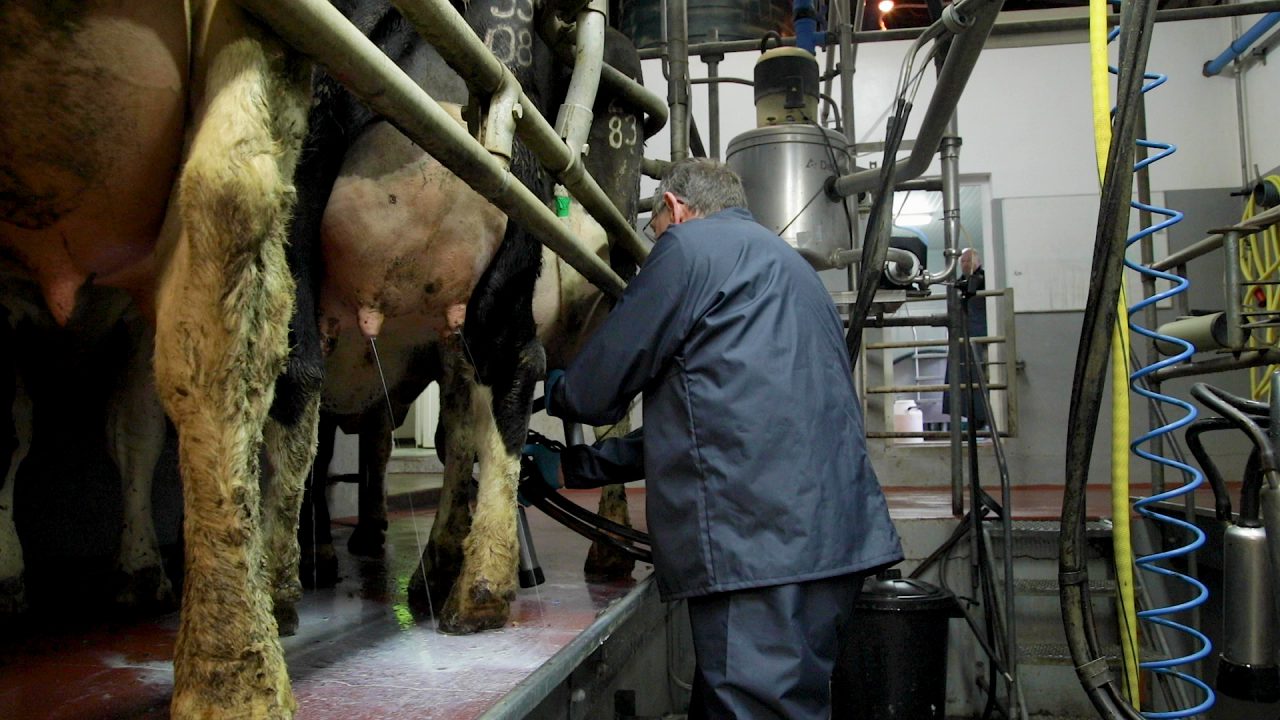Milk recording is an important management tool used on dairy farms to identify the best performing cows, high SCC (Somatic Cell Count) cows and many others.
In December 2020, the Irish Cattle Breeding Federation’s (ICBF) milk recording statistics showed that less than 40% of dairy farmers in Ireland milk record their herds, accounting for just 7,000 dairy farms.
The low levels of participation are worrying, with the Department of Agriculture, Food and the Marine (DAFM) aiming to have 90% of the national herd milk-recording by 2030.
Many of the milk recording service providers note that Covid-19 restrictions meant that recording was halted for a period of time, and many farmers that had planned to begin recording in 2020, subsequently chose not to.
Milk recording in 2021
With the majority of spring calving herds nearing the end of the calving season, and soon beginning the breeding season, it is recommended that the first milk recording is within 60 days of the first cow calving, with many farmers following this advice.
So far 2021 has seen a rise in the number of cows recorded, with a 57.9% increase compared to 2020, based off the latest figures from ICBF.
So far this year 544,831 cows have been milk recorded, in the same period in 2020 some 345,015 cows had been recorded. With 457,504 recorded in 2019, this accounts for an 18% increase for 2021 compared to 2019.
Agriland spoke to Progressive Genetics milk recording manager, Stephen Connolly, regarding the increased demand for milk recording seen so far in 2021.
Stephen stated: ”We have seen a 30% increase in the number of cows milk recorded compared to 2019. 2020 is not a fair comparison with many farmers choosing not to start due to Covid-19.
“We have experienced a 60% increase in the number of sign ups; the Aurivo €5 subsidy has seen a large number of new clients coming from its suppliers.
”The growth is not just coming from new entrants signing up, with a large number of established herds signing up as well,” Stephen added.
”There are a lot of farmers that have reached their [maximum] cow numbers, and now want to pick the best cows to breed replacements from.
“We have seen a lot of new entrants recording as well. With widespread antibiotic usage bans coming into affect next year, these farmers want to start building records.
”The DIY recording has seen the largest growth with many of the newer parlours suited to this type of recording,” he concluded.
